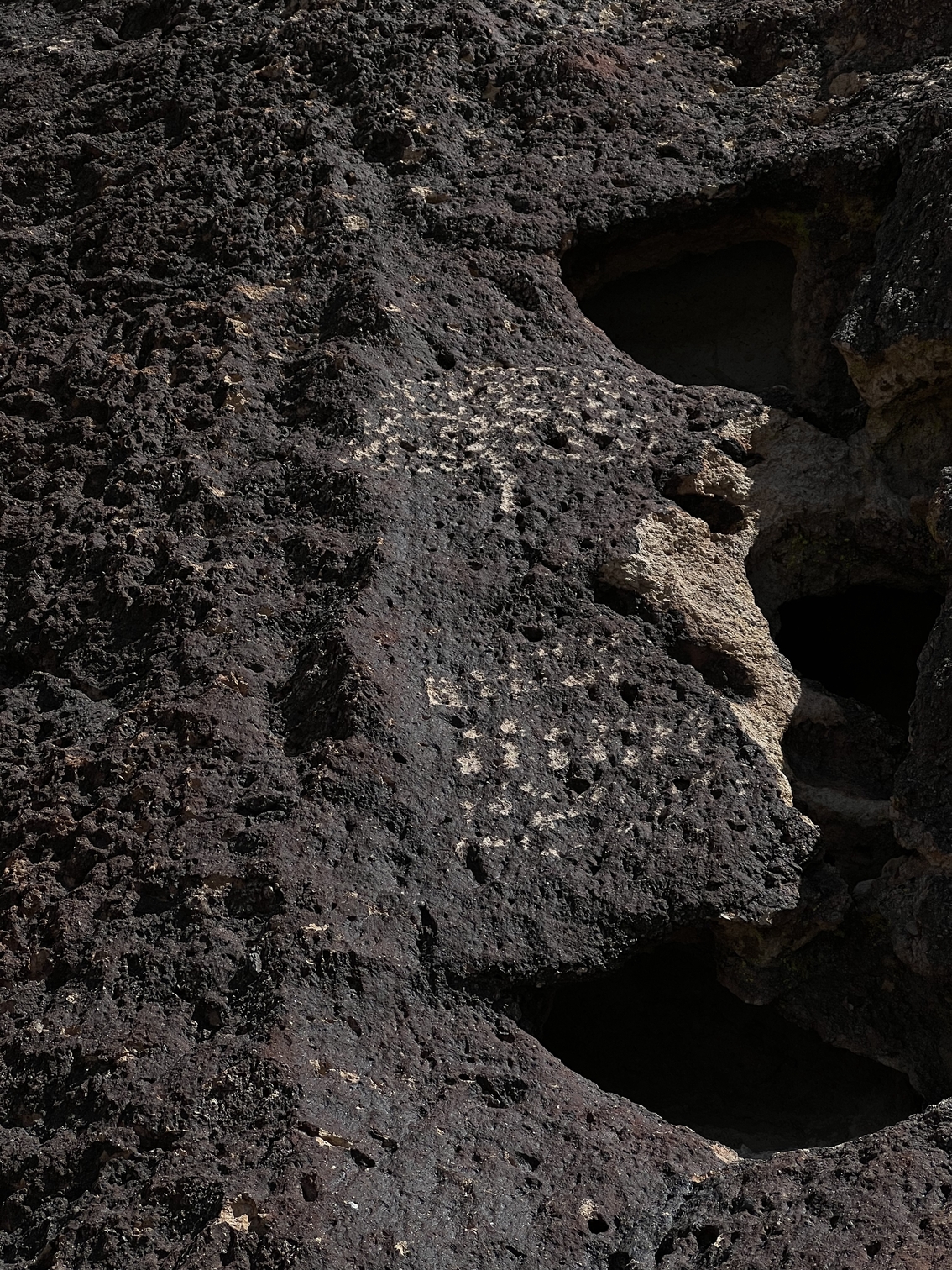Black Irish
My great aunts
live ditch bound in the county,
outbuildings sagging,
a neon Budweiser sign
always lit. Plump
and round faced,
we share pocked olive skin,
dark green eyes, black hair
thick and unruly.
I like their whistling kettle
and the tea cakes,
the clutter, their chatter,
the sofa on the porch,
the jokes that make no sense
but keep my mother laughing.
I admire my aunts most
for their birdhouses,
dangling white gourds,
twirling in the wind
above forlorn fields,
dry empty globes
suspended six in a row,
angled against the sky,
an incantation,
their gleaming poles so tall
I nearly fell back in worship,
totems of a sort, livelier than any cross,
eyeless their round mouths
open, wordless, calling.
___________
Grey Brown
Review by Ettore Fobo
Grey Brown evokes family situations with multifaceted nuances, avoiding the hatchet of clichés that could decapitate any truly poetic impulse. Similar to Blaise Cendrars in “The Uncles from Panama,” her aunts seem to sink into a mythological substratum, while the mother appears as an ambiguous and elusive character, seemingly leaving her to their imaginative and enchanted care, such as “their birdhouses” among “their whistling kettle and the tea cakes, the clutter, their chatter, the sofa on the porch, the jokes that make no sense but keep my mother laughing.” It is precisely “their birdhouses” that reveal themselves as totems more powerful than any cross, perhaps because they are closer to primordial and chthonic energies, unconscious and therefore “infernal” in the sense of the psychologist James Hillman.
In these elegant verses, seemingly mundane objects take center stage, including the already mentioned, the “weather raincoat” or the cell phone, obsessively used by the mother. However, we should not think of this as a retreat into the personal; it is clear that the poet processes and filters familial data to offer us an almost anthropological reading of society as a whole. Furthermore, these verses, with their rhythmic and lucid exploration of the familial cosmos, confirm an idea of Thomas Stearns Eliot that goes something like this: “We think we are moved by the meaning of a poem, but what truly moves us is its music, its rhythm.” It is also clear that here, the familial figures are archetypes, even witchlike; the aunts seem to call from the depths of an abyss, devoid of eyes and with mouths rounded by an unspoken scream that smolders between their lips like an invocation.

